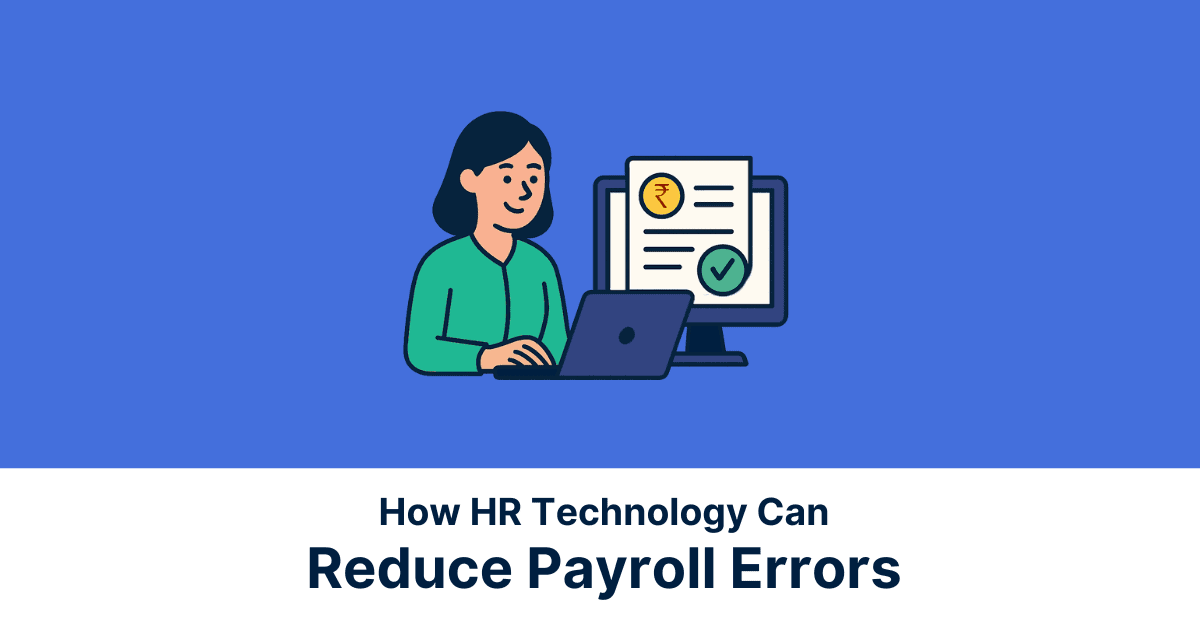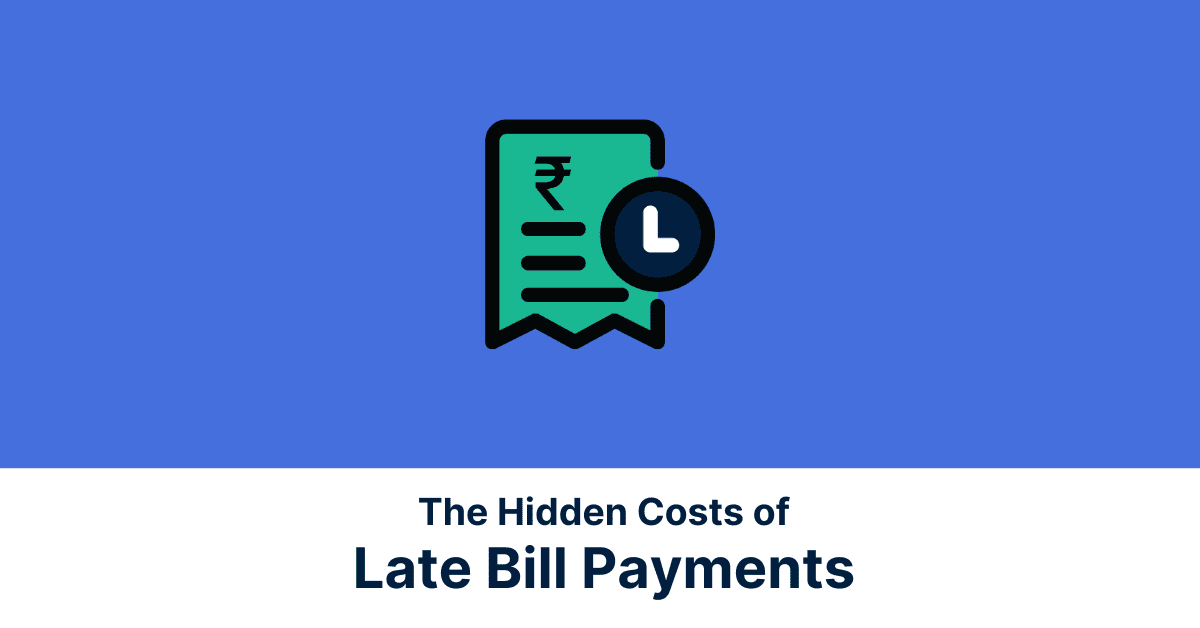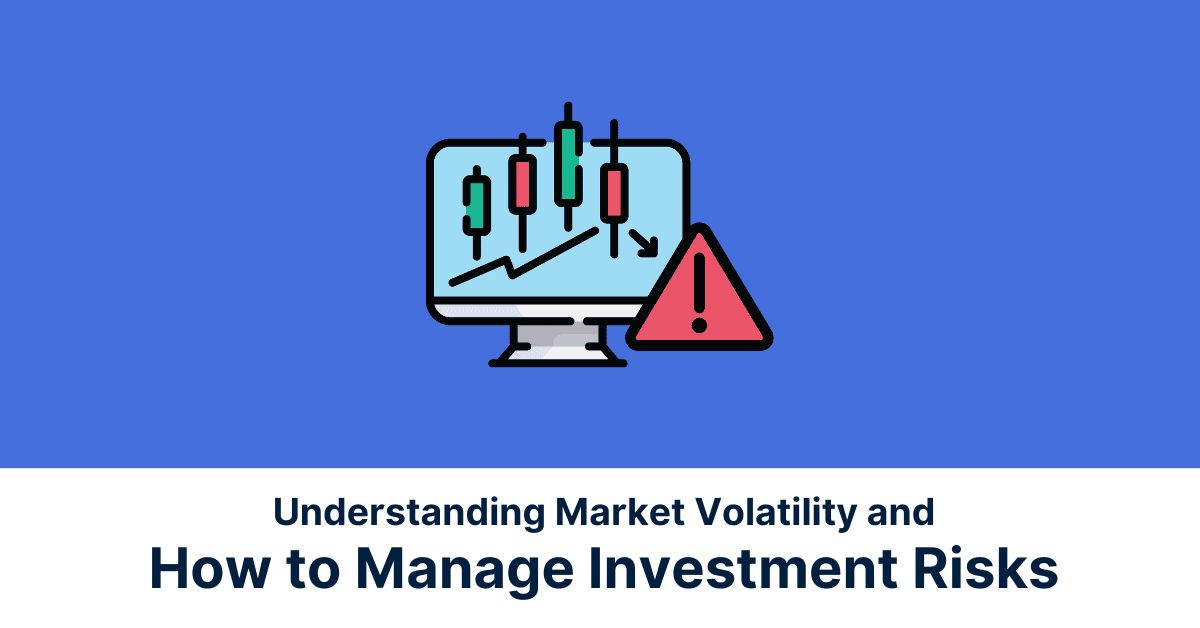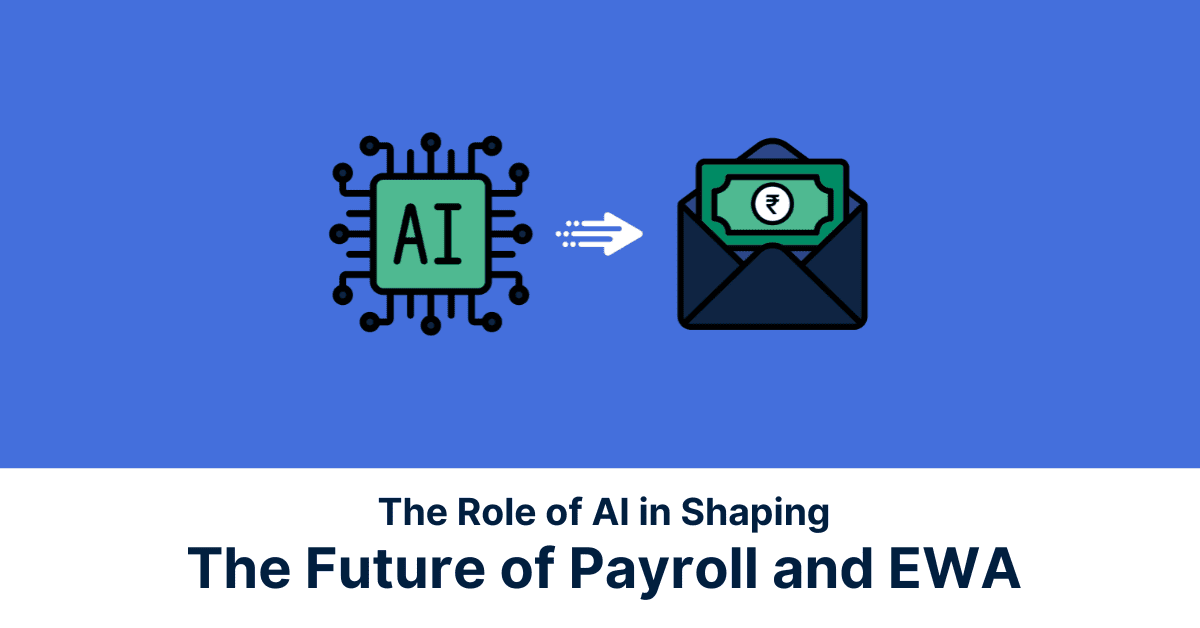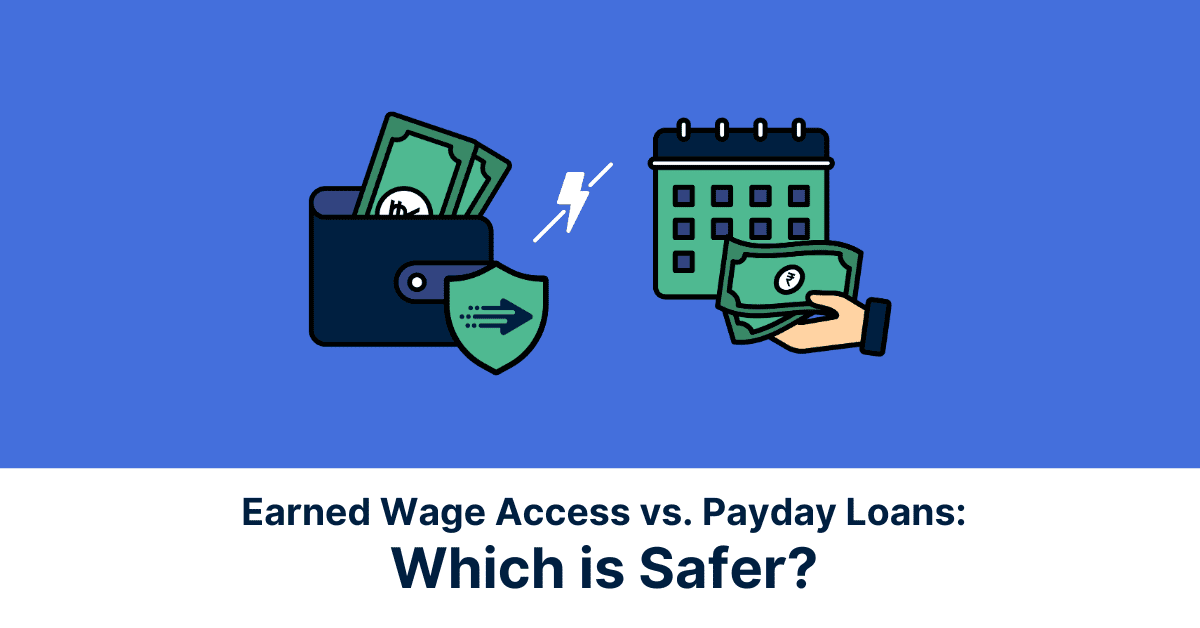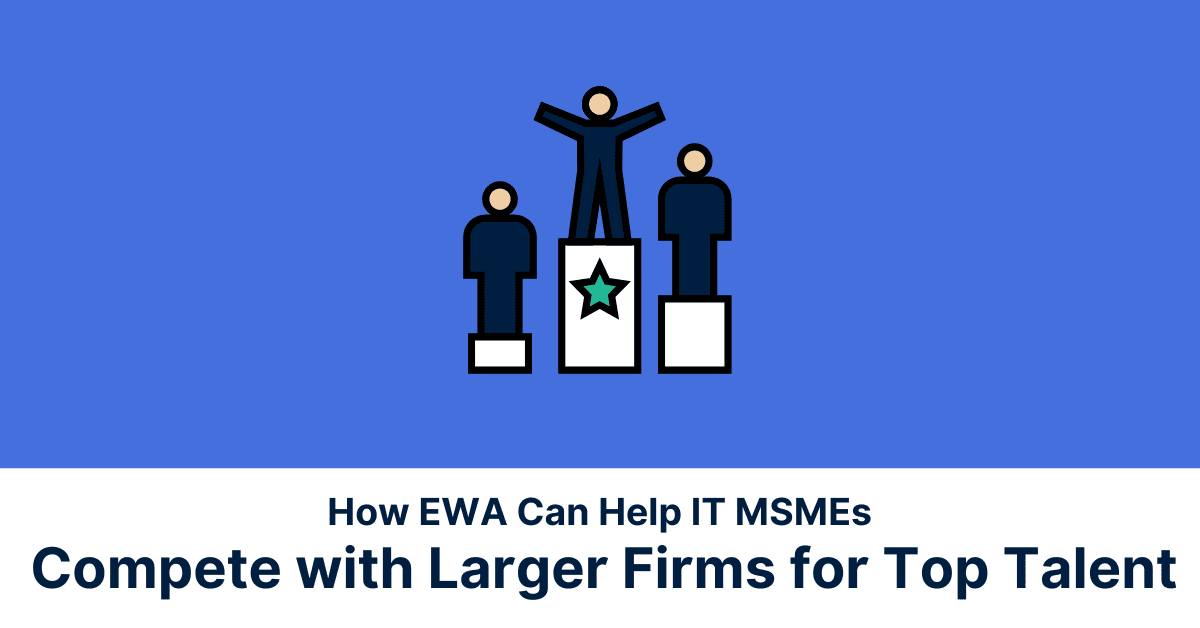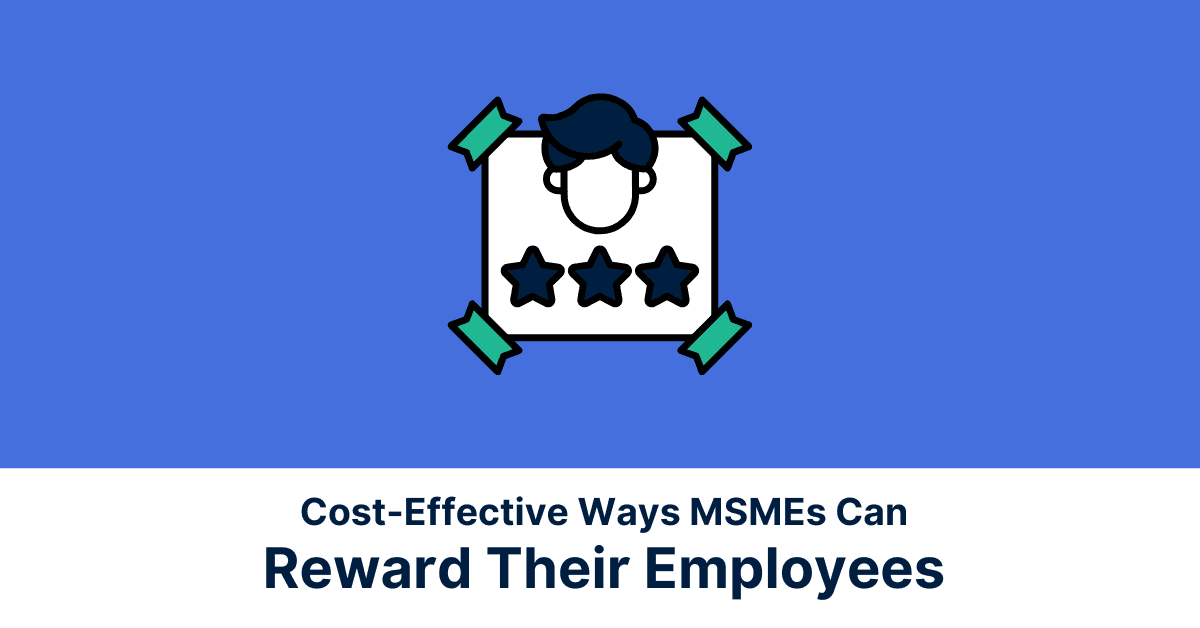You know, keeping employees happy and the company on the right side of the rules really hinges on getting payroll right. When HR is moving at lightning speed these days, trying to handle payroll by hand is just asking for trouble. You’re looking at mistakes, late payments, and compliance headaches that can really damage your reputation and bring team morale down.
And let’s face it, as a business expands, so does the whole puzzle of managing employee info, pay, and taxes. That’s where bringing in automated payroll, as part of a bigger HR tech setup, becomes a game-changer.
The booming HR technology market is projected to grow from $40.45 billion in 2024 to $81.84 billion by 2032 (9.2% CAGR), this highlights the increasing adoption of digital solutions. It brings in efficiency, makes sure everything is accurate, and can easily handle growth. It’s a key move if you want to truly tap into the power of going digital with your HR.
Common Payroll Errors in Manual Systems
When you’re handling payroll manually, it’s like juggling a lot of fragile things, and it’s easy for some to drop. Here are some of the common mistakes that tend to pop up:
- Getting Taxes Wrong: This is a big one. Calculating and deducting the right amount for income tax and other taxes can be tricky when you’re doing it by hand. Even small calculation errors or using outdated tax tables can lead to incorrect deductions for employees and compliance issues for the company. Companies using payroll software in India report a compliance rate of 92%, compared with companies still managing payroll manually.
- Mixing Up Employee Types: Not everyone is a full-time, salaried employee. You’ve got hourly workers, contractors, and maybe even interns, all with different pay rules and tax implications. Accidentally classifying someone incorrectly can mess up their pay rate, overtime calculations, and tax withholdings.
- Falling Behind on Payments: When payroll isn’t automated, the process can be time-consuming. Data entry, calculations, and generating checks (or initiating bank transfers) all take time. This manual effort increases the risk of missing deadlines, leading to late payments that frustrate employees.
Why Payroll Errors Can Be Costly
It’s easy to think of payroll hiccups as just small snags, but the truth is, they can really cause some serious damage in a lot of different ways. Think about the money side first. Messing up payroll with underpayments, overpayments, or wrong tax deductions can actually cost a company a lot.
We’re talking about potential fines and penalties from the tax authorities, which nobody wants. Then there’s the legal angle. If payroll is consistently off, a business could be looking at compliance issues, lawsuits, and even audits, especially if they’re not following labor laws or wage rules. That’s a major headache.
And honestly, the hit to your reputation can be just as bad. Once employees start doubting that they’ll get paid correctly and on time, it really hurts how they feel about their work, how engaged they are, and whether they’ll stick around. Plus, a company known for payroll problems will have a tough time attracting the best people.
Beyond all the numbers and rules, you can’t forget the emotional impact on employees. Dealing with late or incorrect pay can really mess with their financial planning and just make them feel frustrated and undervalued.
Role of HR Technology in Payroll Automation
Let’s look at ways HR technology enhances payroll automation
Automated Data Entry and Validation
Modern HR technology eliminates the need for repetitive manual data entry by automating inputs from various sources like onboarding systems, tax forms, and benefits portals.
Built-in validation rules immediately flag inconsistencies such as duplicate entries, incorrect tax codes, or misaligned compensation figures; reducing the risk of costly errors. This not only saves time but also enhances accuracy and compliance, making payroll automation a vital component of a reliable digital HR ecosystem
Integration with Time Tracking Systems
When time and attendance systems are seamlessly integrated with payroll software, employee work hours, including overtime, leaves, and shift differentials are automatically factored into payroll calculations.
This integration removes the guesswork and manual reconciliation between spreadsheets or paper logs, ensuring every paycheck reflects actual hours worked. It also improves transparency and allows HR teams to focus more on strategy and less on administrative corrections, showcasing the benefits of digital HR in action.
Real-Time Compliance Updates
One of the standout features of digital payroll systems is their ability to stay updated with the latest tax laws and labor regulations automatically. Manual tracking of these changes can be overwhelming and prone to oversight, especially when managing employees across different states or countries. Automated tools are regularly updated with current tax codes, minimum wage adjustments, and statutory requirements, ensuring payroll is always compliant.
This reduces the risk of non-compliance penalties and eliminates the need for constant manual intervention. Real-time compliance also provides peace of mind to HR teams, allowing them to focus on strategic initiatives while the system handles the ever-evolving regulatory landscape, another clear benefit of digital HR in action.
Benefits of Digital HR Solutions in Payroll Management
Enhanced Accuracy and Reduced Errors
One of the key advantages of digital HR solutions in payroll management is the significant improvement in accuracy. Automated systems reduce human intervention, which directly minimises the chance of miscalculations, incorrect tax deductions, and missed payments. By pulling data from validated sources and applying pre-set rules, the system ensures each pay run is processed with high precision.
Errors that once required time-consuming corrections or caused compliance issues are drastically reduced. This not only protects the company from financial penalties but also boosts internal trust in payroll operations. With payroll automation, businesses can ensure each transaction is error-free, helping HR teams maintain clean records and focus more on strategic initiatives than fixing payroll issues.
Time and Cost Efficiency
Manual payroll processing is time-consuming and labour-intensive, often requiring cross-verification, constant updates, and multiple reviews. Payroll automation streamlines these tasks by handling repetitive functions such as data entry, tax calculations, and report generation in seconds. This frees up HR teams to focus on value-added tasks like employee engagement, talent development, and strategic planning.
And, it reduces the need for large HR or finance teams, cutting down on administrative overhead and operational costs. Over time, the ROI becomes evident as businesses save both time and money. HR technology not only accelerates processes but also improves overall efficiency across departments, clearly showcasing the benefits of digital HR in scaling operations without scaling costs.
Improved Employee Satisfaction
Timely and accurate payroll plays a crucial role in shaping the employee experience. When employees receive their paychecks without errors and on schedule, it builds trust in the organisation and increases overall morale. On the other hand, delayed or inaccurate payments can quickly lead to dissatisfaction, lowered productivity, and even attrition. Digital HR solutions ensure that payroll is not only processed efficiently but also with complete transparency.
Employees can access their payslips, leave balances, and tax information through self-service portals, empowering them with clarity and control. This level of reliability and accessibility builds a positive work environment and reinforces the company’s commitment to its people making payroll automation a key driver of employee satisfaction and retention.
Implementing HR Technology: Considerations and Best Practices
Assessing Organisational Needs
Before implementing HR technology, it’s essential to understand where your current payroll process falls short. Start by identifying pain points, are errors frequent? Is payroll processing time-consuming? Are compliance updates being missed? Gather feedback from HR, finance, and even employees to get a holistic view of challenges. As per the Deloitte India Human Capital Trends Report 2024 67% of Indian companies were using payroll automation software as of 2024.
Once the gaps are clear, map these to specific features in digital HR solutions that can address them, such as automated tax updates, integration with time tracking, or self-service portals. Prioritising these needs ensures that the payroll automation tool you choose is not just tech for tech’s sake, but a solution that directly increases operational efficiency and employee experience.
Choosing the Right HR Technology
Selecting the right payroll platform depends on several factors, including business size, workforce complexity, and available budget. Small businesses may prefer user-friendly, cost-effective tools, while larger organizations might need scalable platforms that integrate with other systems like ERP or benefits management.
Look for features like compliance support, real-time reporting, and mobile access. Vendor support, system reliability, and data security are also critical. Request demos, compare reviews, and involve key stakeholders in the decision-making process. The right technology should not only meet current needs but also adapt as the business grows making payroll automation a long-term investment rather than a short-term fix.
Training and Change Management
Even the best HR technology can fall short without proper implementation. Training and change management are key to ensuring a smooth transition. Start by educating HR and payroll teams on the system’s functionality and benefits. Provide hands-on training sessions and create step-by-step guides to simplify adoption.
It’s also important to communicate clearly with employees about how the new system affects them; especially if self-service features are involved. Appoint internal champions to assist with queries during the transition phase. Change can be met with resistance, so highlighting time savings can boost buy-in. With the right onboarding approach, your shift to payroll automation can be seamless and successful.
Wrapping Up:
We can’t control the pace at which the business world moves, getting payroll right isn’t just some behind-the-scenes task – it’s actually a really important strategic move. Sticking with old-school manual payroll is just asking for mistakes, delays, and compliance problems that can hit businesses hard in their wallets, their time, and how much their employees trust them.
Moving to automated payroll with modern HR tech is the smart way to go. It boosts accuracy, cuts down on extra costs, and makes employees much happier.
Think about it, you get real-time updates on regulations and smooth connections with systems that track work hours. Digital HR tools take those complicated payroll tasks and make them simple, giving you consistent and dependable results. By really looking at what your company needs, picking the right software, and making sure everyone gets properly set up, you can actually turn payroll from a pain point into something that gives you an edge.
*Disclaimer:
The information contained herein is not intended to be a source of advice concerning the material presented, and the information contained in this article does not constitute investment advice. The ideas presented in the article should not be used without first assessing your financial situation or without consulting a financial professional.
